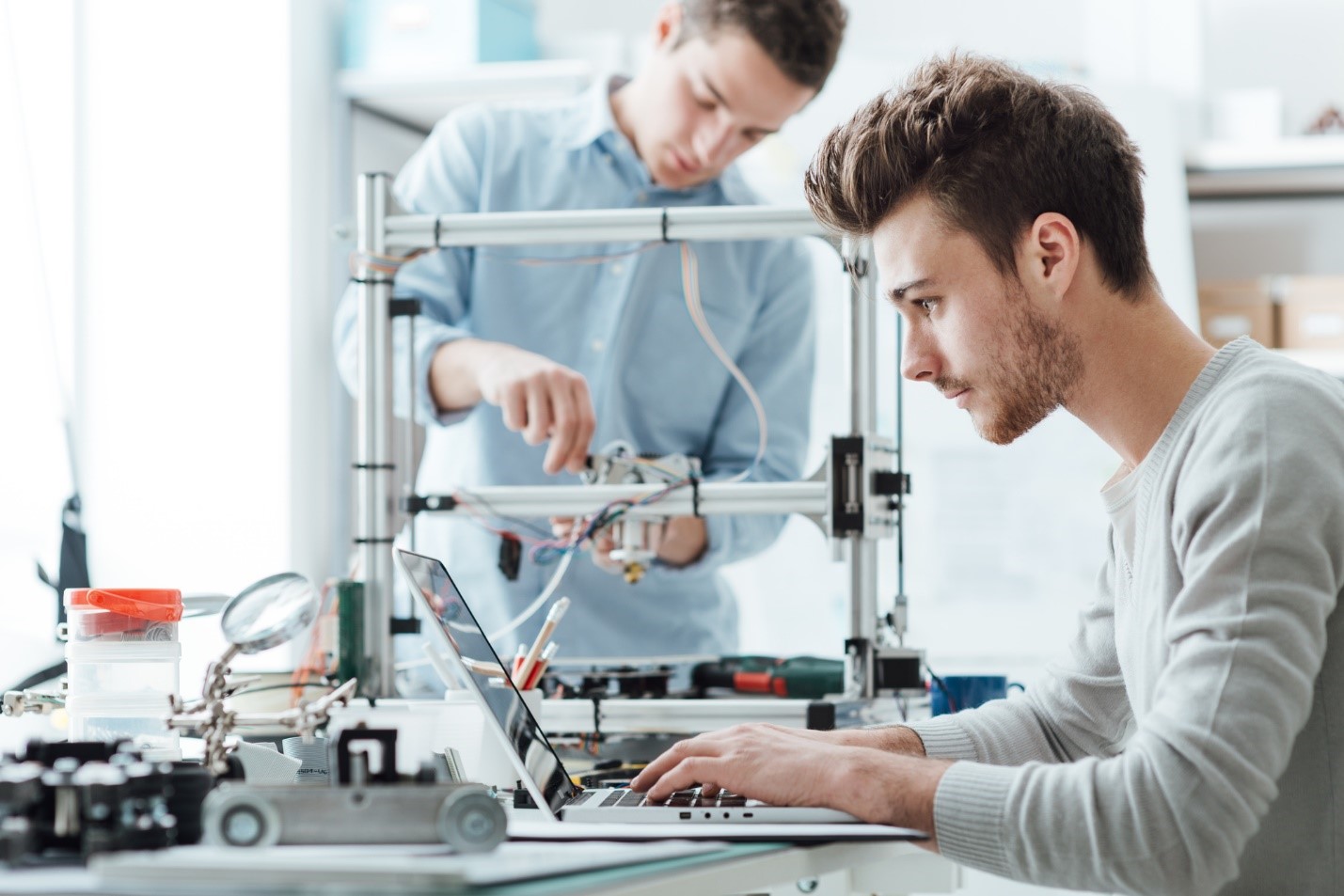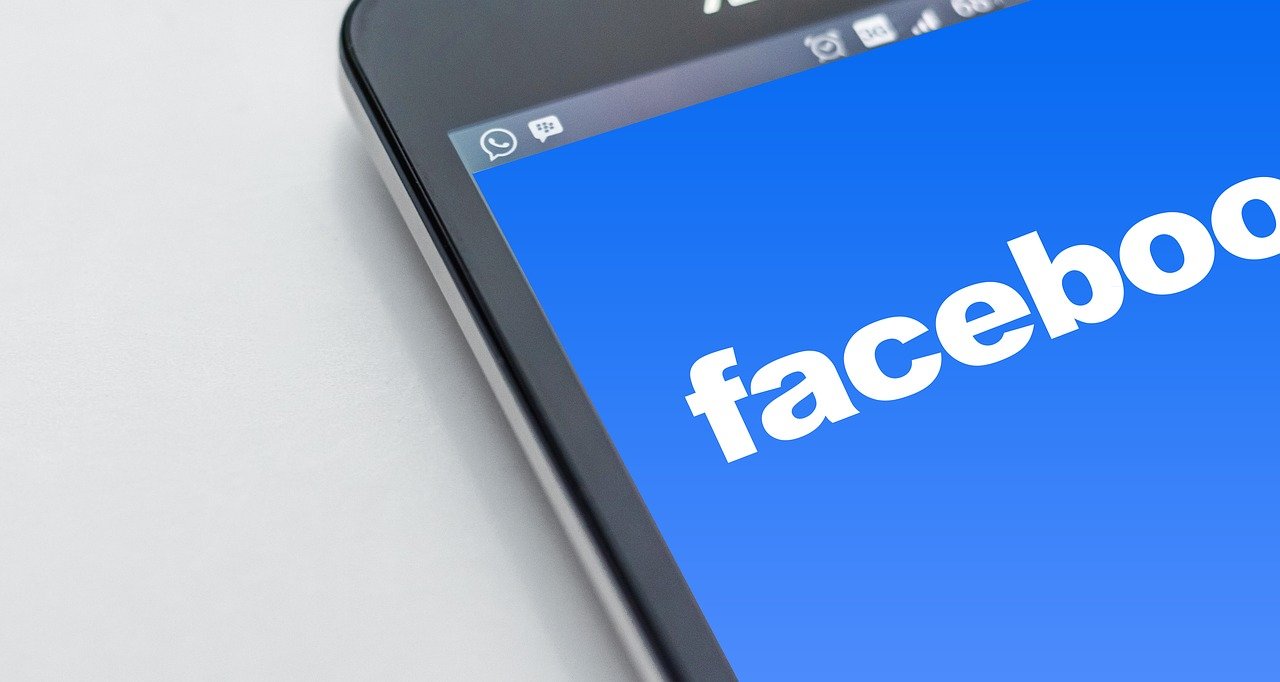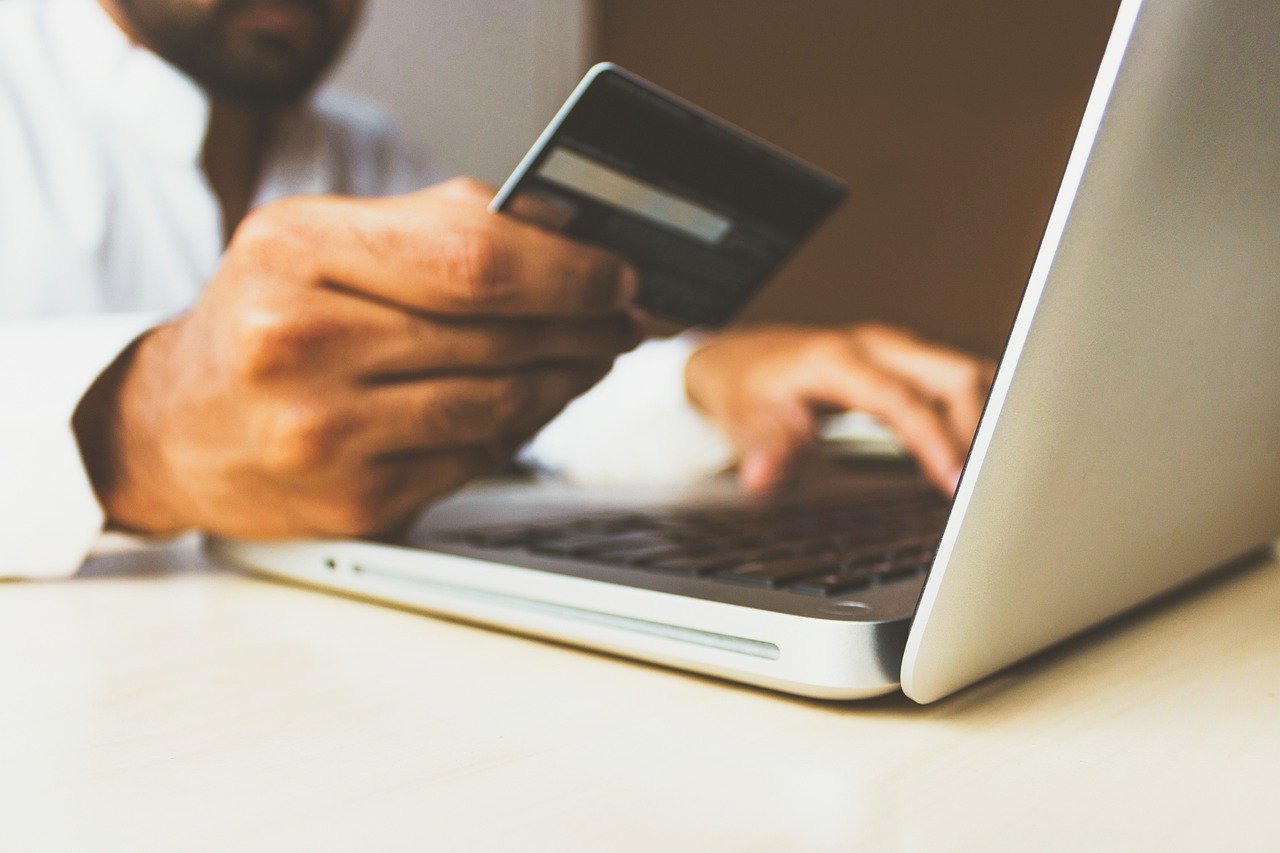About 30,000 products launch every single year. Only 5% of them are successful.
There are many reasons for such a high failure rate. Most businesses don’t bother to go through the product development stages to nurture the idea. They just get the idea and launch it.
There’s a product development strategy that you have to create in order to be successful. Without the plan and strategy, you’re just hoping that your idea is good enough to survive.
That’s a costly mistake that can put a business under because they invested so much in the idea with very little to show for it.
You can avoid that mistake by learning the product development stages and following them. Keep reading to learn what those stages are and how to make your product successful.
- The Idea
Your product starts with a thought. That moment is sometimes like capturing lightning in a bottle. The problem is that that moment rarely arrives.
You could spend months waiting for that moment of inspiration to hit. There is something you can do instead. You can take existing tools and make them better.
Look at the products that you see on infomercials. There’s nothing really special about them or revolutionary. You’ll find exercise equipment, kitchen gadgets, and even sunglasses.
They improved on products that people are already familiar with. When you look at your industry, think about the existing products in the marketplace that annoy you. What are the things that you would love to change about them?
Brainstorm several ideas and write down notes as to why each idea might work.
- Research and Validation
At this point, you have an idea. You don’t know if people think it’s a good one, or if they’ll pay money for it.
You’ll need to conduct surveys and focus groups. These research tools help you understand what people think about your product. You’ll find out if they would pay for it, and how much.
You need to be careful about this step because people will say that they’ll pay for your product. When it’s offered, they disappear.
The other research that happens is competitive research. Know the other products, the price, and how they’re positioned in the market.
- Develop the Concept
Now you get to develop the concept. This is a series of sketches that shows what the final product looks like. The sketches display the features and functions of the product.
You can draw these designs yourself or hire an illustrator to do them.
If these first few steps seem overwhelming, you can bring in a team of consultants to assist. Product development consultants work with clients to work out the strategy and concept of the new product.
Here is what a team can do for you. They’ll give you an outside opinion, do competitive research, and make sure your product complies with regulations.
- Prototype the Product
Are you ready to feel the product in your hands? That’s what a prototype does. You have the physical manifestation of the idea and concept.
It’s like a rough draft of the final product. You need this because it helps you think of the product from the user’s perspective.
In the early days of handheld computing, one device inventor used a block of wood as a prototype. He carried it in his shirt product to understand how people would actually use it.
You don’t have to use a block of wood to prototype your product. You can use a 3D printer to create the first prototype.
You’ll notice things about the original prototype that need to change. A product might be a little too bulky to carry around in your back pocket. You might have a recipe prototype that needs a little more flavor.
Expect to make several prototypes as you go through this stage of new product development.
- Build Your Supply Chain
Once the prototype gets finalized, you have to build your supply chain. You’ll need raw materials, a manufacturer, and a shipping company. You’ll then need inventory storage and a company to fulfill orders.
You’ll want to compare several vendors for each step of the supply chain. You never know when a supplier runs out of stock and you need another solution.
- Include Your COGS
The cost of goods sold is the cost to source and manufacture the product. Calculating your COGS first gives you a price point and profit margin.
Create different spreadsheets for COGS, taking into account different vendors and profit margins. You’ll then come up with your pricing strategy.
The pricing strategy depends on your brand and your product goals. You might have a high-end brand, so premium pricing makes sense. You could use the product as a loss-leader which encourages people to buy more from your company.
- Market the Product
The last of the product development stages is getting people to buy your new product. You should develop a product launch plan that lets you generate excitement before the product launches.
There are a variety of marketing tactics to use. Influencer marketing, social media, and first reviews are ways to build sales momentum.
Apply the Product Development Stages to Your Next Product
Do you want to know how to develop a successful product? You need to know the product development stages and apply each one before you launch the product.
The new product development stages in this article help you understand the product development lifecycle and create a strategy to ensure your success.
It does take time and resources to design and create a new product. You want to make sure that you do the research and prototyping before you sell the product.
Be sure to click on the Business tab at the top for more great business tips!







